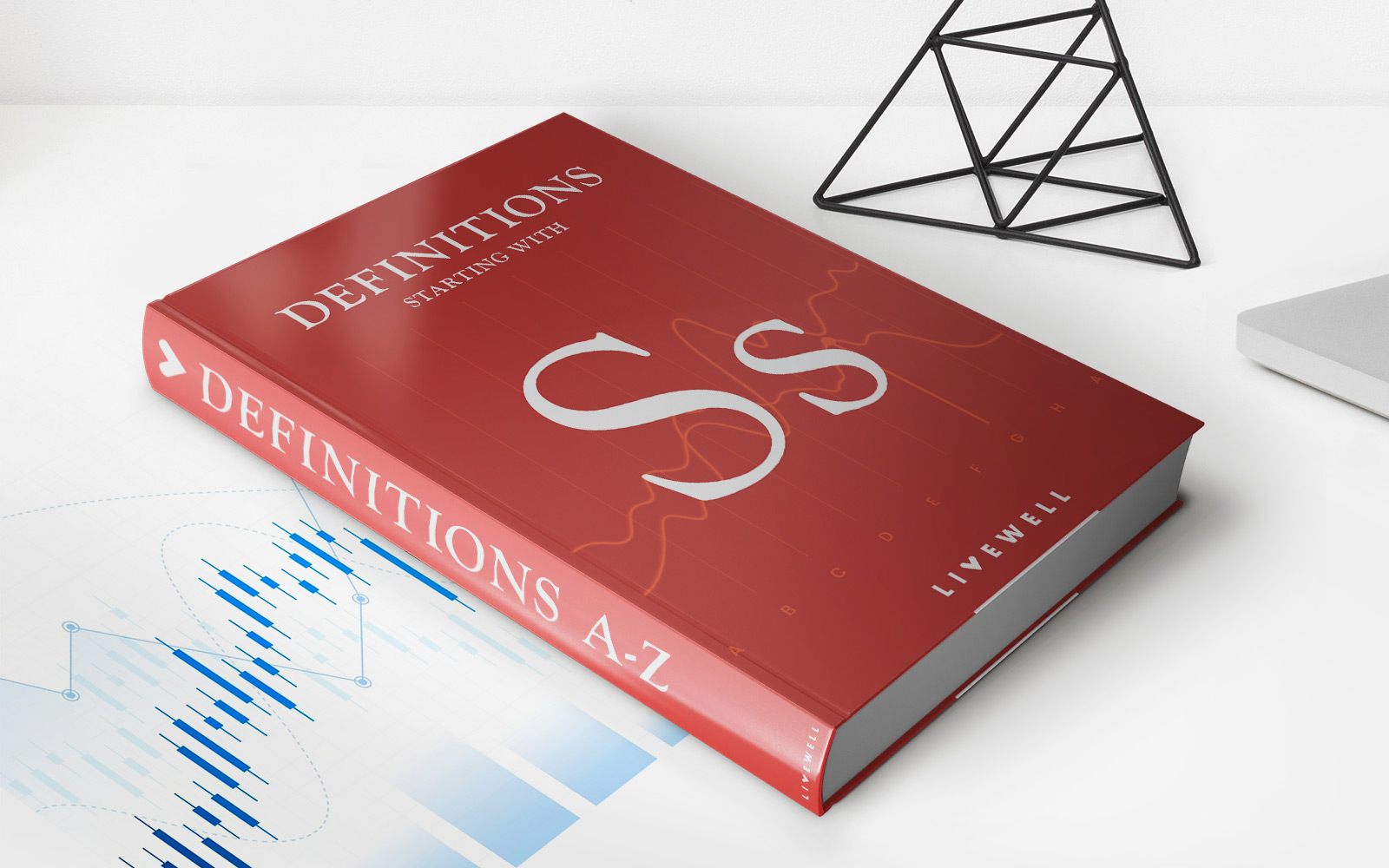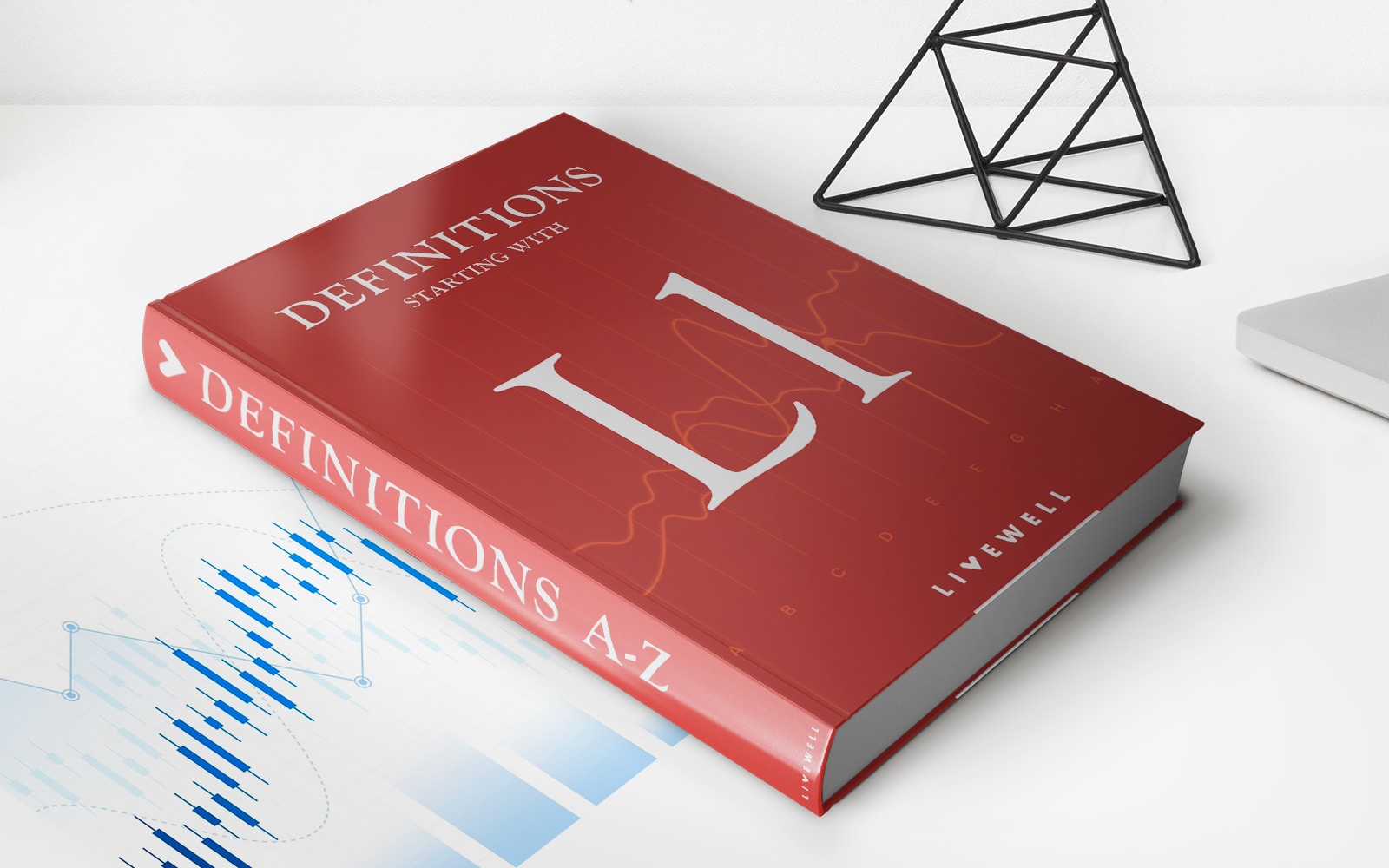Home>Finance>Unwind: Definition, How It Works, Uses, And Closing A Position


Finance
Unwind: Definition, How It Works, Uses, And Closing A Position
Published: February 14, 2024
Learn how to unwind positions in the world of finance, including the definition, working, uses, and closing strategies. Discover the art of managing and mitigating risks in this comprehensive guide.
(Many of the links in this article redirect to a specific reviewed product. Your purchase of these products through affiliate links helps to generate commission for LiveWell, at no extra cost. Learn more)
Unwind: Definition, How It Works, Uses, and Closing a Position
Are you looking to dive deeper into the world of finance and learn about different trading strategies? Well, you’ve come to the right place! In this blog post, we will explore the concept of “unwind” and discuss its definition, how it works, various uses, and how to effectively close a position. So, grab a cup of coffee and let’s dive in!
Key Takeaways:
- An unwind is a trading strategy where an investor or trader closes out a position in a security or derivative.
- It can be used to take profits, limit losses, manage risks, or exit a trade before maturity.
What is an Unwind?
The term “unwind” refers to a trading strategy in which an investor or trader closes out a position in a security or derivative. It involves selling or buying back the same amount of assets that were originally bought or sold to open the position, effectively nullifying the initial trade. Unwinding a position can be done for various reasons, including taking profits, limiting losses, managing risks, or exiting a trade before its maturity.
How Does an Unwind Work?
To better understand how an unwind works, let’s consider an example. Imagine you have purchased 100 shares of a company’s stock. After some time, the stock price rises significantly, and you decide to take your profits. Instead of selling these 100 shares, you can unwind your position by selling an equal number of shares to nullify your original purchase. This allows you to exit the market without incurring any additional costs or risks.
Unwinding can also be used to limit losses by reversing a trade that is moving against you. For instance, if you have sold a certain number of shares of a stock and the price starts to rise, you may decide to unwind your position by buying back the same number of shares. By doing this, you can minimize potential losses in a volatile market.
Uses of an Unwind:
An unwind strategy can be applied in various scenarios, including:
- Taking Profits: Investors may choose to unwind their positions to realize gains when they believe that the asset has reached its desired price.
- Limiting Losses: By unwinding a position, traders can cut their losses and protect their capital in case the market moves against their initial trade.
- Managing Risks: Unwinding allows investors to reduce their exposure to a specific security or market, helping them manage overall portfolio risk.
- Exiting Before Maturity: In certain derivative contracts, such as futures or options, unwinding can help traders exit a position before its contract expiry date.
Closing a Position:
When it comes to closing a position, there are a few important steps to consider:
- Evaluate the market: Analyze the current market conditions and assess whether it aligns with your investment goals.
- Set a target: Determine the desired price or profit margin at which you would like to close your position.
- Execute the trade: Place a sell or buy order to unwind your position. Make sure to follow your broker’s instructions and consider any associated fees or commissions.
- Monitor the trade: Keep an eye on the market and monitor the execution of your trade. Stay updated with any relevant news or events that could impact your position.
By following these steps and staying well-informed, you can effectively close your position and achieve your desired outcomes.
Now that you have a better understanding of what an unwind is, how it works, its various uses, and how to close a position, you’re ready to explore this trading strategy further. Remember, practice and experience are key when it comes to mastering any trading strategy. Happy investing!














